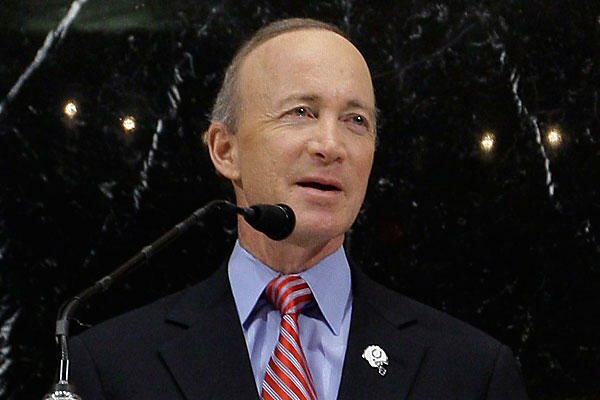Should the Fed Continue Printing Money?
Last August Ben Bernanke unofficially announced QE2, known alternately as quantitative easing, seigniorage or laypeople as printing money. The idea behind this was to move to an easier monetary policy stance, and with real interest rates effectively at zero, this was the one monetary policy weapon left. In simple terms, printing money (should) and buying treasuries with this money would raise the expectations for inflation in the future and make investment and consumption more attractive today. This should then leads to GDP expansion and eventually employment creation.
Earlier this week, the President of the St. Louis Fed, James Bullard, gave a speech in which he said both that QE2 has been a success and that it will likely be winding down over the coming months.
“The natural debate now is whether to complete the program, or to taper off to a somewhat lower level of asset purchases. Quantitative easing has been an effective tool, even while the policy rate is near zero. The economic outlook has improved since the program was announced.”
As I have read around the blogosphere, most were against QE2 and would also for certain be against a QE3. The key arguments here were that the Fed is possible fueling an asset price bubble (in both equities and commodities) and that we risk runaway inflation in the long-term. In international relations, many developing countries have spoken strongly against QE2 for a couple of reasons, the main one being the Fed is exporting inflation and bubbles to them as capital flows into their markets; but one also cannot dismiss the fact that some countries (e.g. China) who hold large amounts of US treasuries are not too pleased about their assets being devalued.
I think all these arguments need to be considered and weighed against some of the benefits of QE2. Here are some of the points I think have not been highlighted enough:
1. Some inflation would be desirable, and the current inflation expectations are still not that high. Why would some inflation be desirable? Because it helps net debtors as the real value of their debt payments goes down over time. Since one key factor in increasing consumer spending will be reducing net indebtedness (and surely there is still some housing debt overhang in Middle America depressing consumer spending), then we should see some inflation as positive.
The key indicators of future inflation and inflation expectations all seem to be at reasonable levels. The most recent Cleveland Fed estimates of inflation expectations are only 1.8% (http://www.clevelandfed.org/research/data/inflation_expectations/index.cfm)
2. The Yuan is still overvalued: The Big Mac index (totally scientific) says the Yuan is overvalued by 40%. Not surprisingly 50% of the US Trade Deficit is China. It appears that China has agreed to devalue the Yuan 25-30% over the next three years (http://www.iie.com/realtime/?p=2012), which should certainly help push the trade deficit back in the right direction for the US (and can potentially help create jobs). Further QE is basically a bargaining chip the US has that it can use to make China stick to this commitment of devaluation.
3. We may not be out of the woods yet: economic growth has picked up in the US, but just this morning the Q4 GDP growth estimates were revised down from 3.2% to 2.6%. Combined with unemployment still at nearly 10%, the economy may still be soft.
So should there be a QE3? I don’t think we can rule it out yet. We need to watch how GDP growth, unemployment, inflation and inflation expectations, the trade balance and the Yuan depreciation develop over the coming year.
…









